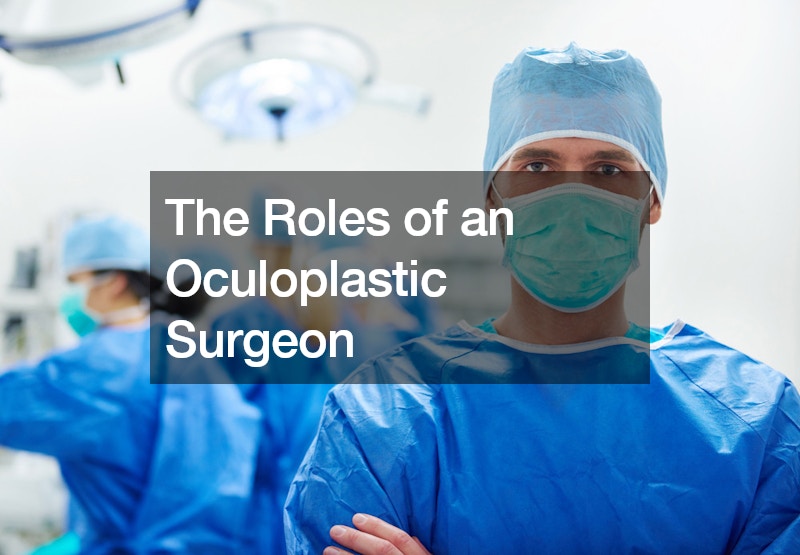

Oculoplastic surgeons, also known as ophthalmic plastic and reconstructive surgeons, are specialists who perform a range of procedures related to the eyes and the surrounding structures. These medical professionals combine the precision of ophthalmology with the aesthetics and functionality of plastic surgery to address both medical and cosmetic concerns. The role of an oculoplastic surgeon encompasses various aspects, from reconstructive surgery to aesthetic enhancements, each requiring a deep understanding of the delicate anatomy of the eyes.
Reconstructive Surgery
One of the primary roles of an oculoplastic surgeon is performing reconstructive surgery to correct abnormalities caused by congenital defects, trauma, or diseases. These procedures are critical for restoring function and appearance. Common reconstructive surgeries include:
- Ptosis Repair: Ptosis, or drooping of the upper eyelid, can impair vision and affect appearance. Oculoplastic surgeons correct this condition by tightening the muscles that lift the eyelid or by repositioning the eyelid.
- Eyelid Malposition: Conditions such as entropion (inward turning of the eyelid) and ectropion (outward turning of the eyelid) can cause discomfort and damage to the eye. Surgeons perform procedures to reposition the eyelid and protect the ocular surface.
- Orbital Fractures: Trauma to the eye socket can lead to fractures that require surgical intervention. Oculoplastic surgeons repair these fractures to restore the structural integrity and function of the orbit.
- Lacrimal System Surgery: Disorders of the tear drainage system, such as blocked tear ducts, can cause excessive tearing and infection. Oculoplastic surgeons perform dacryocystorhinostomy (DCR) and other procedures to restore normal tear drainage.
Cosmetic Surgery
Beyond reconstructive work, oculoplastic surgeons also perform cosmetic procedures to enhance the appearance of the eyes and surrounding areas. These procedures are often sought by individuals looking to rejuvenate their facial features and achieve a more youthful look. Common cosmetic surgeries include:
- Blepharoplasty: This popular procedure involves the removal of excess skin, fat, and muscle from the upper and lower eyelids. Blepharoplasty can improve vision obstructed by drooping eyelids and create a more alert and youthful appearance.
- Brow Lift: A brow lift raises sagging eyebrows that can contribute to a tired or angry appearance. This procedure smooths forehead wrinkles and elevates the brows to a more aesthetically pleasing position.
- Injectables and Fillers: Oculoplastic surgeons often use Botox and dermal fillers to address wrinkles, fine lines, and volume loss around the eyes. These non-surgical treatments provide a rejuvenated look with minimal downtime.
Tumor Removal and Reconstruction
Oculoplastic surgeons play a vital role in diagnosing and treating tumors of the eyelid, orbit, and surrounding structures. This includes both benign and malignant growths. The surgeon carefully removes the tumor while preserving as much healthy tissue as possible. Following tumor removal, reconstructive techniques are employed to restore the natural appearance and function of the affected area.



